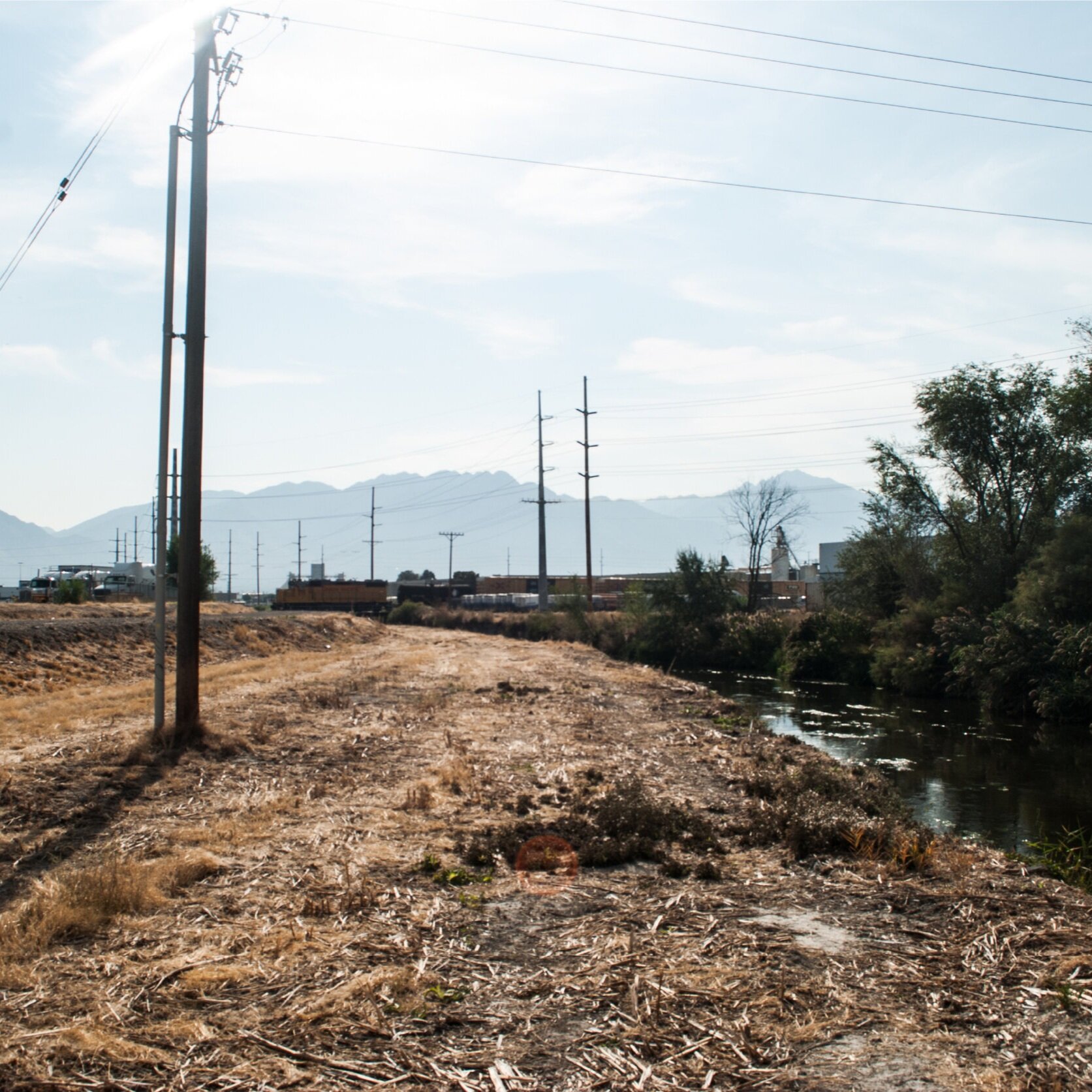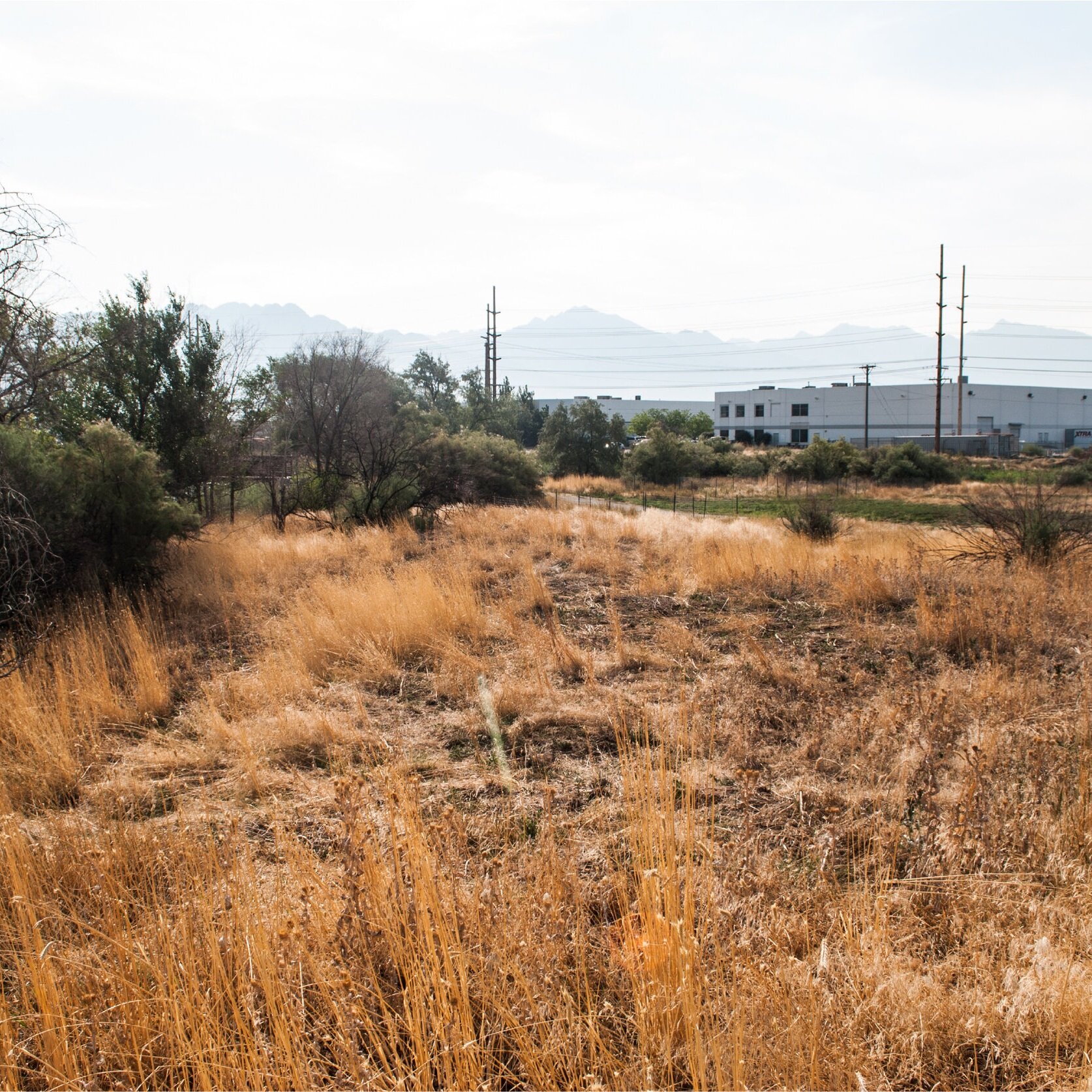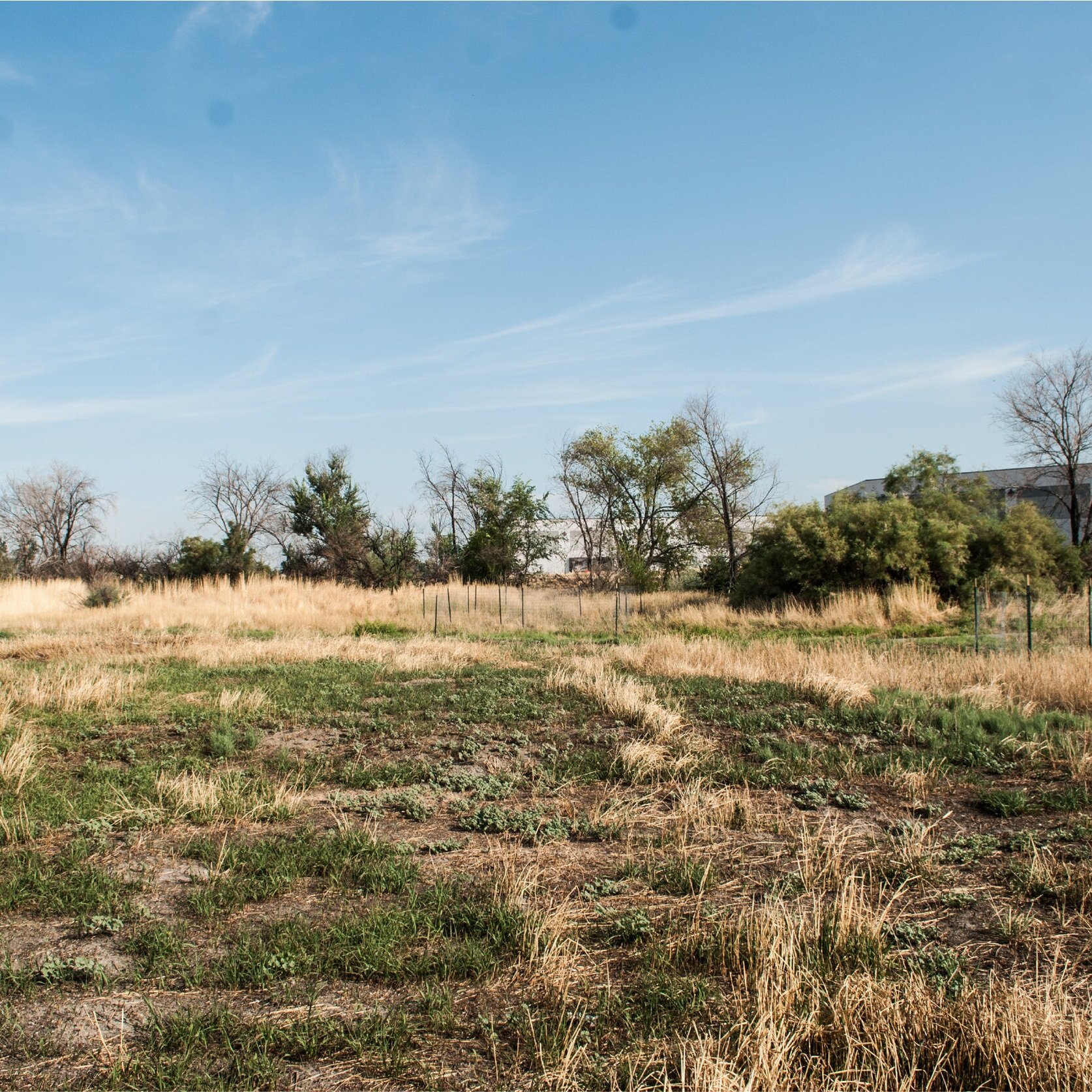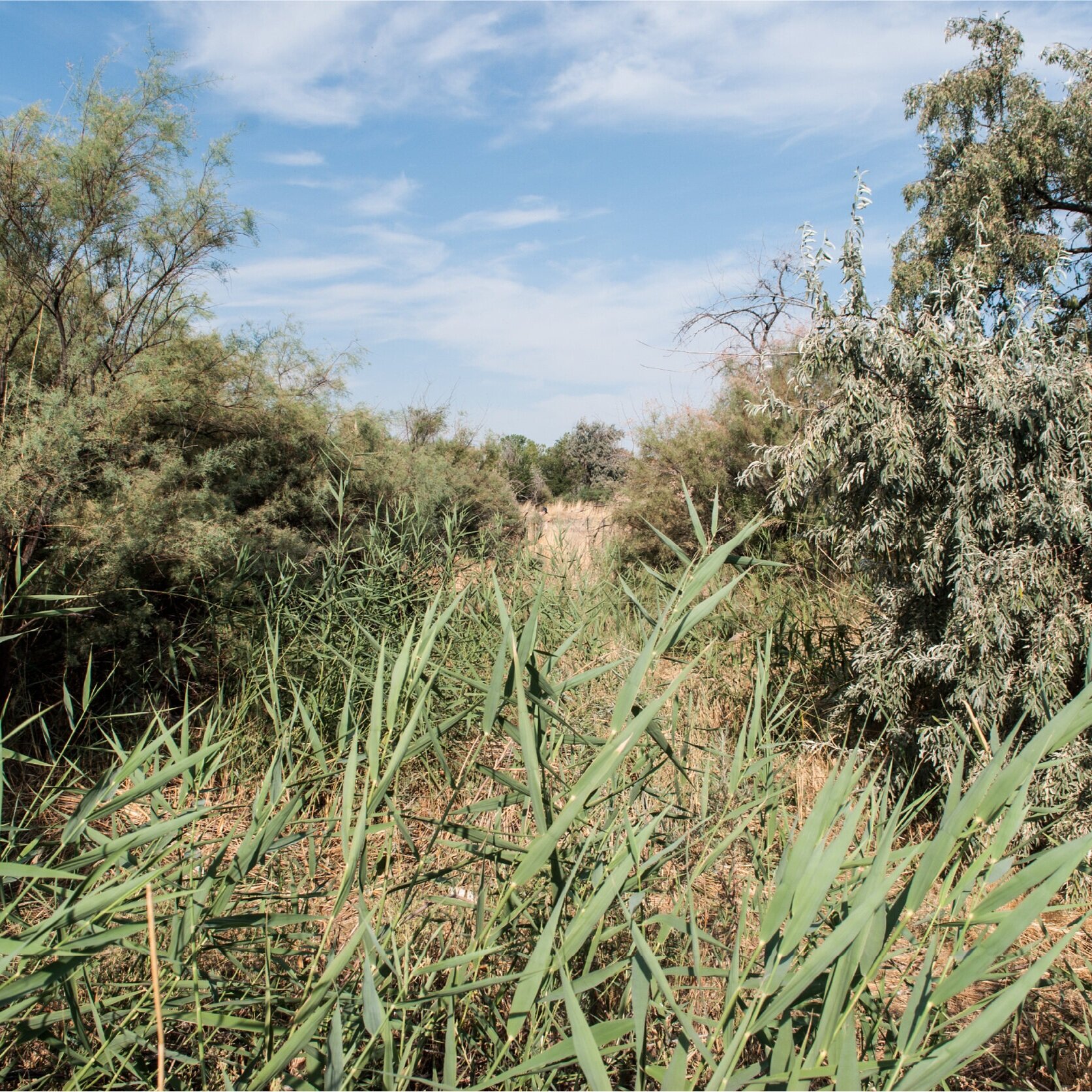Mill Creek Confluence
Restoring Mill Creek as it flows into the Jordan River.
Eight-acres of public lands in South Salt Lake, UT situated at the convergence of Mill Creek and the Jordan River. The property is owned by Salt Lake County. The north bank of Mill Creek is designated a flood control levee and highly managed. The south bank is not a levee—weeds and garbage abound.
We are restoring habitat value to the Mill Creek Confluence, while reimagining the site’s future. Community volunteers have planted and seeded trees, shrubs, grass, wildflowers, and wetland vegetation. The Utah Conservation Corps removed and treated noxious trees and weeds. The Mill Creek Confluence Adaptive Weed Management Plan provides a framework for adaptive restoration.
Moving forward, a large-scale restoration project will turn the Mill Creek Confluence into a community amenity. A constructed wetland improves wildlife habitat and treats water quality impairments through natural processes. Pathways and boardwalks provide a place to walk, run, and bike, and to enjoy and learn about the ecosystem. The Mill Creek Confluence can serve as a gateway to the regional Mill Creek Trail.
“This was definitely one of my favorite projects of the season (and even the whole term) because of... the impact that it could potentially have with being able to teach students urban ecology... It was also pretty amazing to see how vastly different the site was before and after we worked on it.”
Before
Goals
Restore habitat value and biodiversity;
Improve user safety and recreation; and
Increase site stewardship.
Background
In 2017, we began work on the Mill Creek Confluence, in partnership with the Jordan River Commission, South Salt Lake, and Salt Lake County. The site was identified for restoration due to its management constraints and impacted hydrology. The Central Valley Water Reclamation Facility treats and discharges 50 to 60 million gallons of wastewater daily into Mill Creek, just above the site [01]. HawkWatch International installed an American kestrel nesting box and the Tracy Aviary is tracking breeding birds at the site to measure the impacts of restoration on bird diversity. Westminster College students developed an adaptive management plan and metrics to guide restoration.
Data
Species Richness [02]
Relative Abundance [02]















